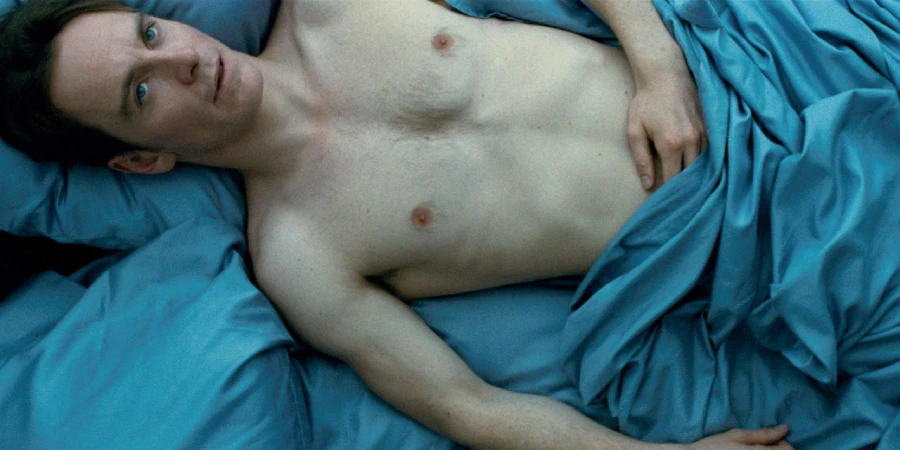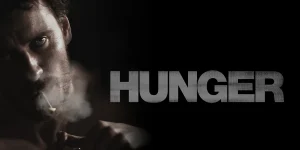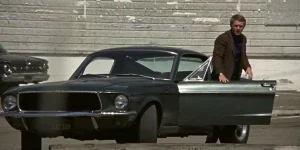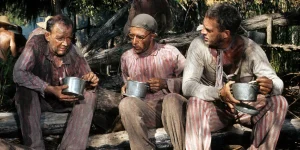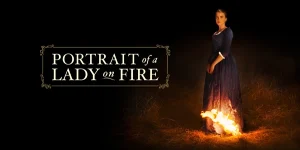Steve McQueen’s Shame (2011) is an unflinching, haunting exploration of addiction, intimacy, and emotional isolation. With its raw performances, minimalist style, and deeply introspective tone, the film paints a portrait of a man unraveling under the weight of his compulsions. It is not a movie for the faint-hearted, but it is undeniably powerful.
Table of Contents
ToggleDetailed Summary
Brandon’s Controlled, Empty World
Brandon (played by Michael Fassbender) is a successful, well-dressed New Yorker who works in a sleek corporate environment. He lives in a tidy apartment, follows a repetitive routine, and appears in control of his life. But beneath this polished surface lies a profound loneliness and addiction — Brandon is a sex addict. His existence revolves around anonymous sexual encounters, pornography, and compulsive self-gratification.
Despite having a respectable job and the appearance of normalcy, he is emotionally hollow. He avoids genuine human connection, relying on purely physical interactions to escape from whatever internal pain he’s hiding from.
The Disruption: Sissy Arrives
Brandon’s unstable life is thrown into disarray when his younger sister, Sissy (played by Carey Mulligan), arrives unexpectedly to stay in his apartment. Sissy is emotionally volatile and intrusive, the polar opposite of Brandon’s sterile world. She’s a struggling singer with a complicated past, and her presence unearths long-buried wounds in Brandon.
Their relationship is tense and fraught with implied trauma. It’s clear that their childhood was marked by some shared suffering — though the film deliberately avoids giving too much exposition. Sissy’s need for closeness clashes with Brandon’s compulsive avoidance of intimacy, creating a pressure cooker of emotions.
Brandon’s Descent
With Sissy around, Brandon’s routine begins to collapse. His addiction intensifies. He attempts to engage in a “normal” date with a co-worker, Marianne, but he is unable to perform sexually in the context of a real emotional connection. In contrast, he later engages with a prostitute and has no trouble, underlining his inability to experience intimacy in a healthy way.
As his inner turmoil mounts, Brandon becomes increasingly self-destructive. He visits seedy clubs, engages in dangerous encounters, and lashes out emotionally and physically. One of the film’s most famous and devastating sequences involves Brandon on a downward spiral during a night of sexual excess, scored to harrowing music and filmed with near-clinical detachment.
Sissy’s Breakdown
Throughout the film, Sissy is seen crying for help — figuratively and literally. She self-harms and begs Brandon to connect, to acknowledge their shared pain, to see her. Brandon refuses. He can’t handle emotional exposure, not even from his own sister.
Eventually, Brandon reaches rock bottom, both physically and emotionally. After a violent, chaotic night of indulgence, he returns to his apartment and finds Sissy in the bathtub — having attempted suicide. He breaks down in anguish, holding her, finally showing an emotion he has suppressed for so long.
Movie Ending
After Sissy’s suicide attempt, Brandon is visibly changed. He walks the city, emotionally numb, his usual stoicism broken. The film ends on a subway train — a symbolic setting that also opened the movie. There, Brandon sees the same woman from the opening scene: a red-haired woman he had previously flirted with but never slept with.
This time, however, something is different. She looks at him, he looks back — but his gaze is loaded with grief, fear, maybe regret. Is he changed? Will he go back to his old ways? Will Sissy survive? Has he truly hit rock bottom, or is the cycle starting again?
The film leaves these questions open-ended. The last shot lingers on Brandon’s conflicted face — a man caught between despair and the faintest possibility of change.
Are There Post-Credits Scenes?
No, Shame does not include any post-credits scenes. The film concludes definitively with Brandon on the subway, leaving viewers with a haunting and unresolved final image. The lack of a post-credits scene is fitting, given the film’s serious tone and emotional weight.
Type of Movie
Shame is a psychological drama, rooted in character study. It’s an adult-themed, arthouse film that dives into addiction, trauma, and emotional detachment with a slow, deliberate pace and intense realism.
Cast
- Michael Fassbender as Brandon
- Carey Mulligan as Sissy
- James Badge Dale as David
- Nicole Beharie as Marianne
- Lucy Walters as The Subway Girl
Film Music and Composer
The score was composed by Harry Escott, whose haunting compositions heighten the film’s emotional weight. A standout piece is Carey Mulligan’s rendition of “New York, New York”, a slow, melancholic cover that strips the song of its usual glamour and reveals its sadness — a defining moment in the movie.
Filming Locations
Shame was filmed primarily on location in New York City. Iconic and everyday NYC locations — subways, high-rises, nightclubs — give the film a grounded and gritty realism. The city isn’t romanticized; it serves as both a stage and a metaphor for Brandon’s isolation, despite being constantly surrounded by people.
Awards and Nominations
- Venice Film Festival: Michael Fassbender won Best Actor
- BAFTA: Nominated for Outstanding British Film
- Golden Globe: Fassbender was nominated for Best Actor in a Drama
- The film received critical acclaim but was also controversial due to its NC-17 rating, which limited its mainstream exposure.
Behind the Scenes Insights
- Steve McQueen and Fassbender previously collaborated on Hunger (2008) and later on 12 Years a Slave.
- The film was shot in 25 days, using handheld cameras to create intimacy.
- Many scenes used real locations and non-actors in the background to heighten realism.
- Carey Mulligan sang “New York, New York” live on set in one take — no auto-tuning, no pre-recording.
Inspirations and References
Shame is an original screenplay, but it draws heavily on psychological theories of addiction and trauma. McQueen was reportedly inspired by real stories of sex addiction and worked with consultants during the writing process.
The film also carries visual and thematic references to Taxi Driver, American Psycho, and Last Tango in Paris — works that deal with male isolation, identity, and sexual compulsions.
Alternate Endings and Deleted Scenes
There are no widely discussed alternate endings, but several scenes — especially longer explorations of Brandon’s routines and encounters — were trimmed in the final cut for pacing. An extended version of the nightclub sequence reportedly pushed the film’s intensity even further but was left on the editing room floor.
Book Adaptations and Differences
Shame is not based on a book, but its thematic content shares similarities with memoirs and psychological studies of sex addiction. It exists firmly as a standalone piece of original cinema.
Memorable Scenes and Quotes
Key Scenes
- Brandon jogging through Times Square at night, scored by intense classical music — symbolizing his inability to escape himself.
- Sissy’s performance of “New York, New York”, a deeply emotional moment that brings Brandon to tears.
- The chaotic threesome sequence that marks the lowest point of Brandon’s spiral.
- The bathtub scene — haunting, tragic, and raw.
Iconic Quotes
- Sissy: “We’re not bad people. We just come from a bad place.”
- Brandon: “I’m fine. I’m fine.”
- David: “Your intern is hot.”
- Sissy (singing): “If I can make it there, I’ll make it anywhere…” — delivered with aching sadness.
Easter Eggs and Hidden Details
- The repeated use of mirrors and glass subtly reflects Brandon’s fractured identity and self-loathing.
- The same woman appearing at the beginning and end suggests a cycle — perhaps eternal, perhaps about to break.
- Brandon’s name is never said by Sissy — reinforcing their emotional disconnection.
Trivia
- The film holds the rare distinction of being rated NC-17 but still receiving critical acclaim.
- Michael Fassbender’s performance was so raw that he became a major Oscar contender — but the rating likely hurt his chances.
- Steve McQueen insisted on long takes to force the audience to sit with discomfort.
Why Watch?
Shame is for viewers who appreciate emotionally honest, challenging cinema. It explores themes of addiction, trauma, loneliness, and repressed pain with maturity and subtlety. Michael Fassbender delivers one of his career-best performances in a film that dares to go where most others won’t. It’s a haunting experience — beautiful, bleak, and unforgettable.
Director’s Other Movies
- Hunger (2008)
- 12 Years a Slave (2013) – Academy Award Winner for Best Picture
- Widows (2018)
- Small Axe (2020) – Anthology series of films

